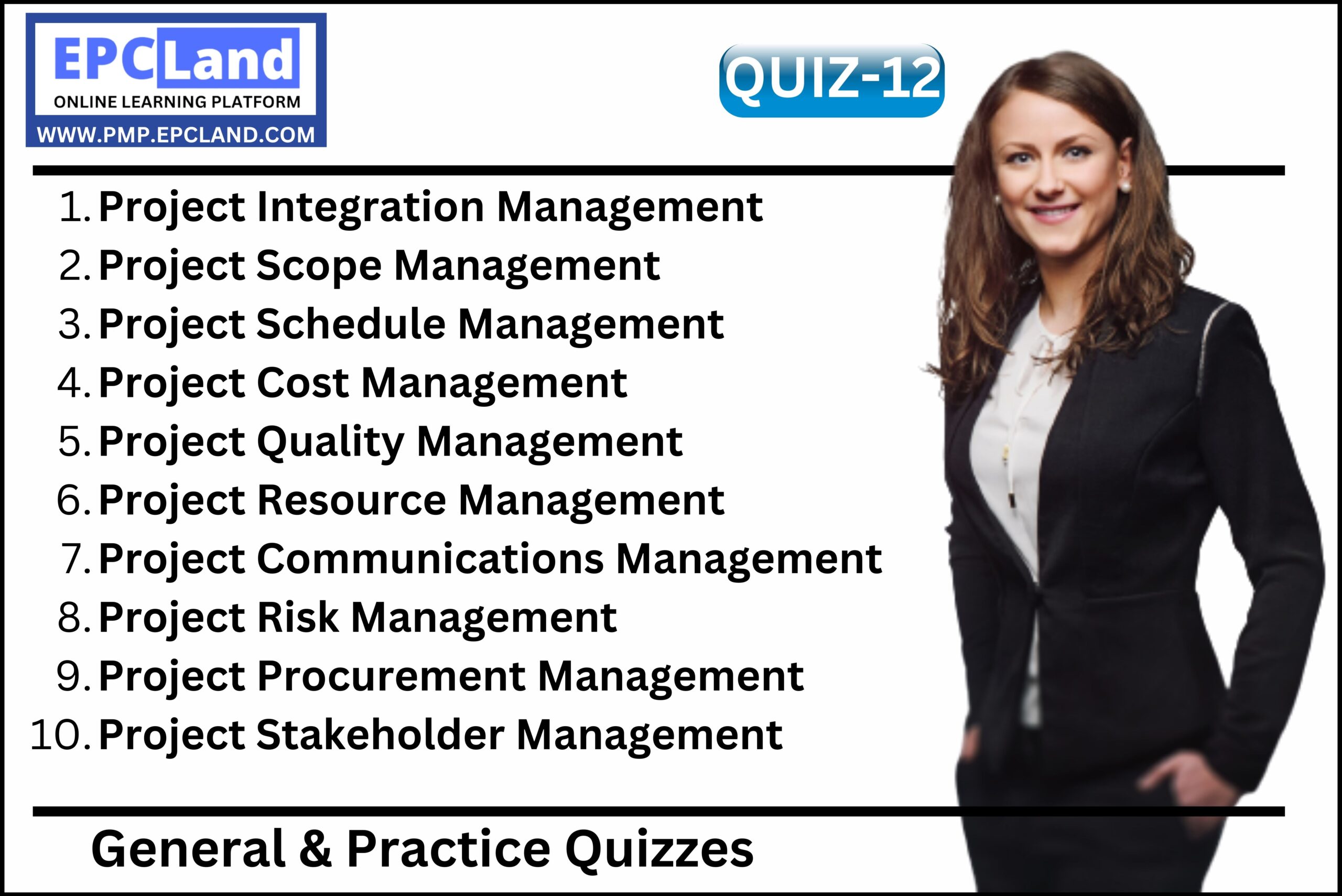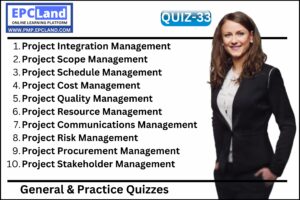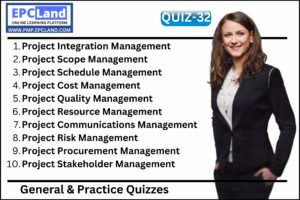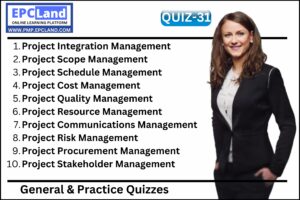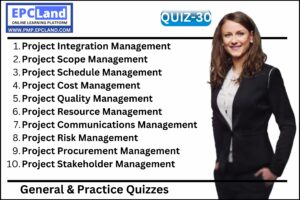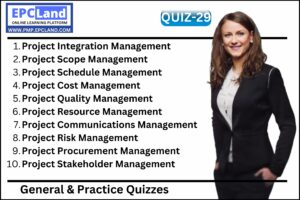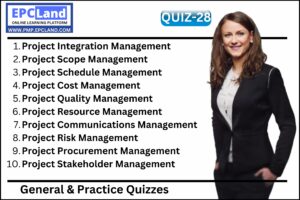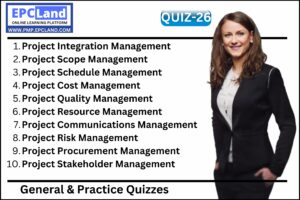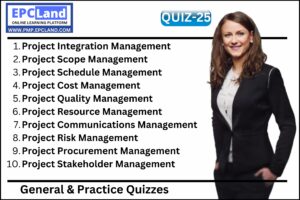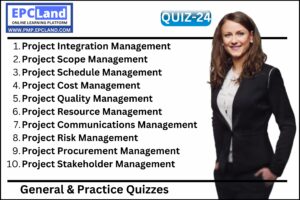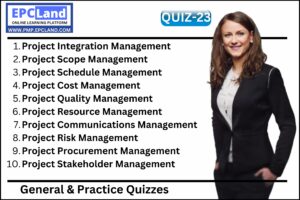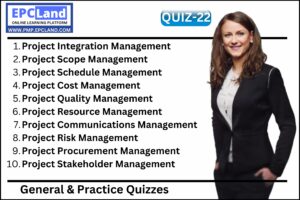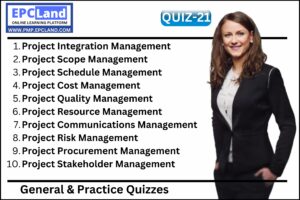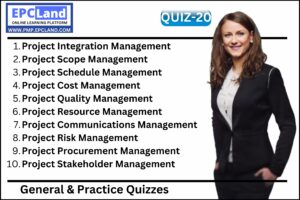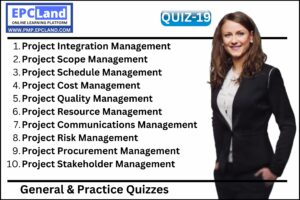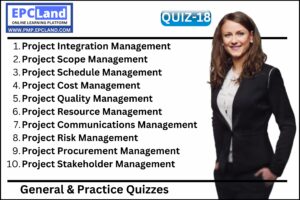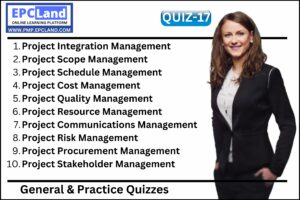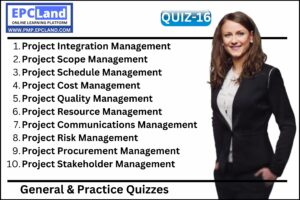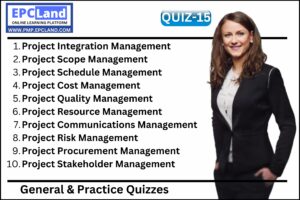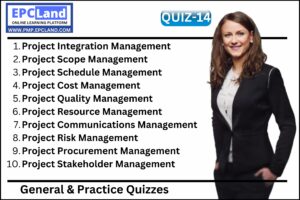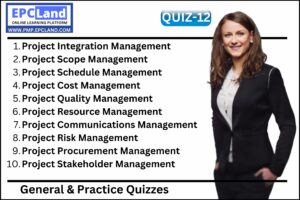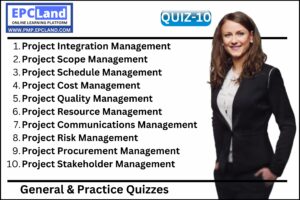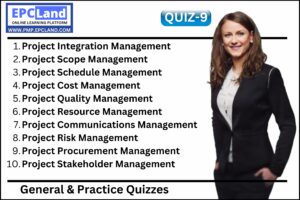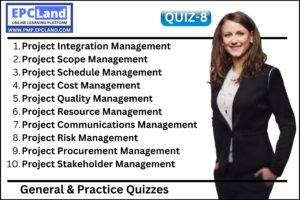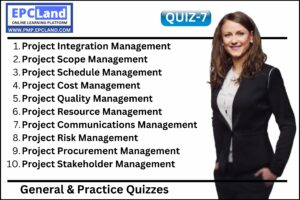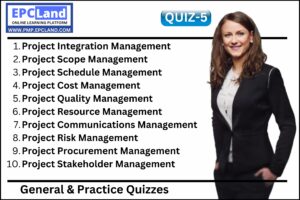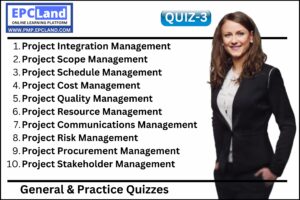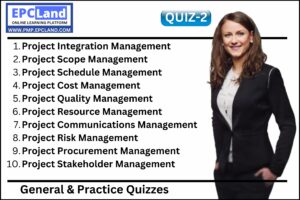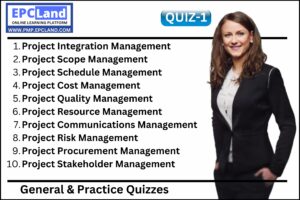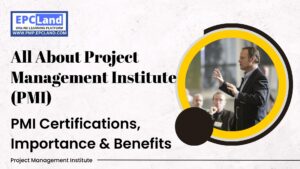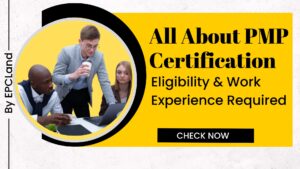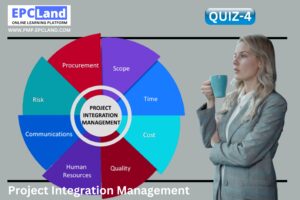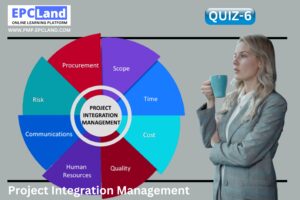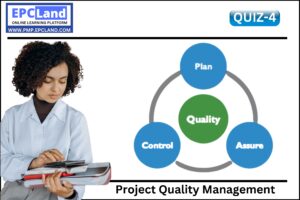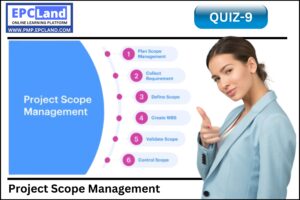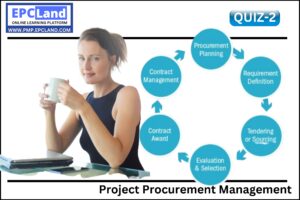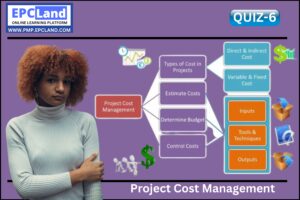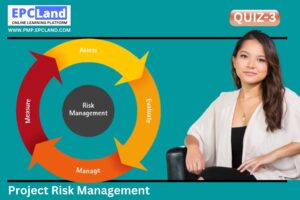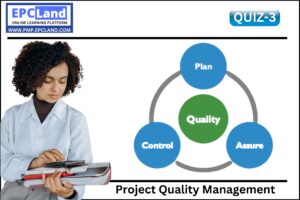1.
Paul is a project manager for an industrial design project. The project has a 60% chance of making the company $230,000 over the next year. It has a 40% chance of costing the company $150,000. What’s the project’s EMV?
2.
What is the main output of the Define Scope process?
3.
Rekha is a project manager on a large construction project. Late in the project, her client demands a big change. She assesses the impact of the change and tells the client how much time and money it will cost. But the client says that he doesn’t have the time or budget to allow the change. What’s the best way for Rekha to handle this situation?
4.
Which of the following is not a stakeholder?
5.
Which of the following best describes the records management system?
6.
Rekha is a project manager on a large construction project. Late in the project, her client demands a big change. She assesses the impact of the change and tells the client how much time and money it will cost. But the client won’t allow any change to the schedule and won’t pay anything more for change. Rekha explains that the proposed change is well outside the documented scope of the original work. The client tells Rekha that he doesn’t care what was in the original scope and that she needs to implement the change with no impact to schedule or budget. What conflict resolution technique is the client using?
7.
You are conducting a status meeting and monitoring your risk register when you discover a risk that remains even after you implement all of your response strategies. What kind of risk is this and what should you do about it?
8.
Which is not an example of cost of quality?
9.
Which of the following is not a tool of the Define Scope process?
10.
A project manager is negotiating with a contractor. Neither has a good idea of how long the project will take, or how much the materials will cost. Which contract type is most appropriate for this project?

